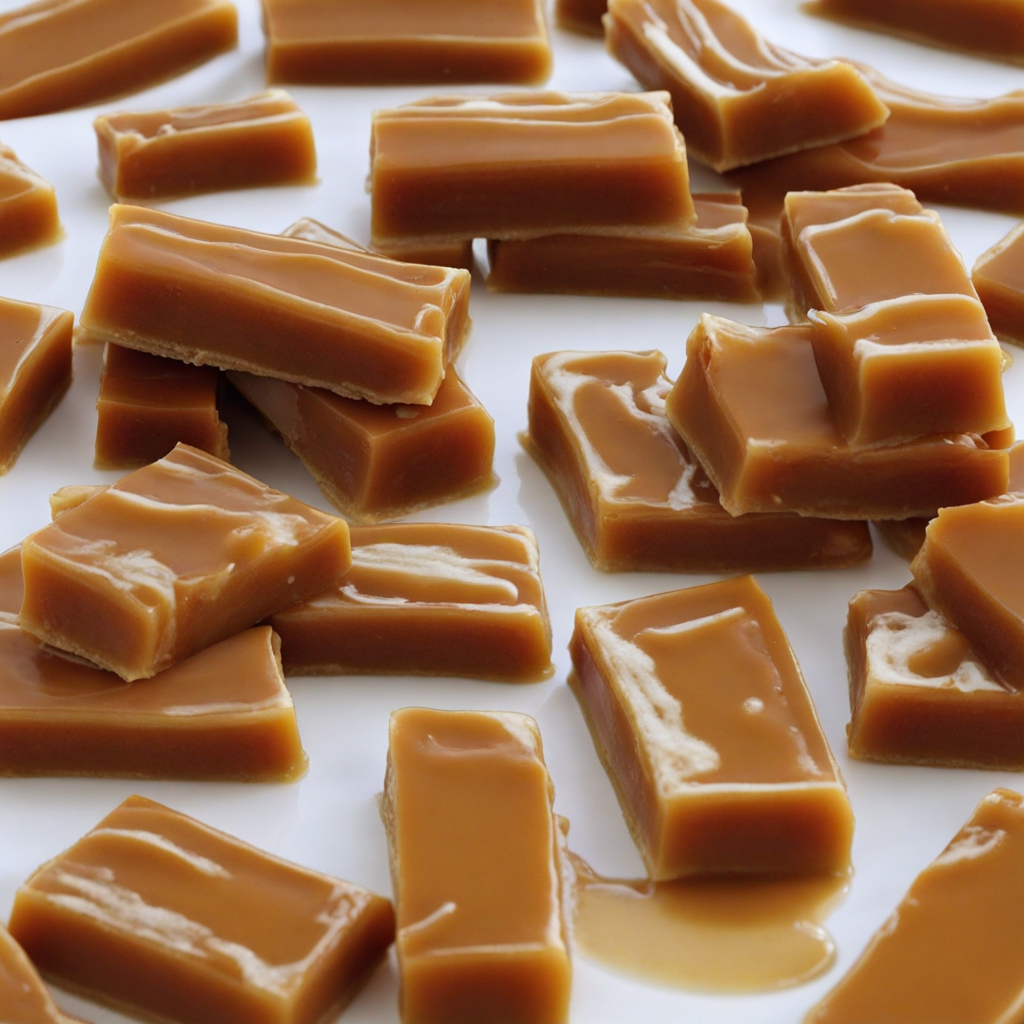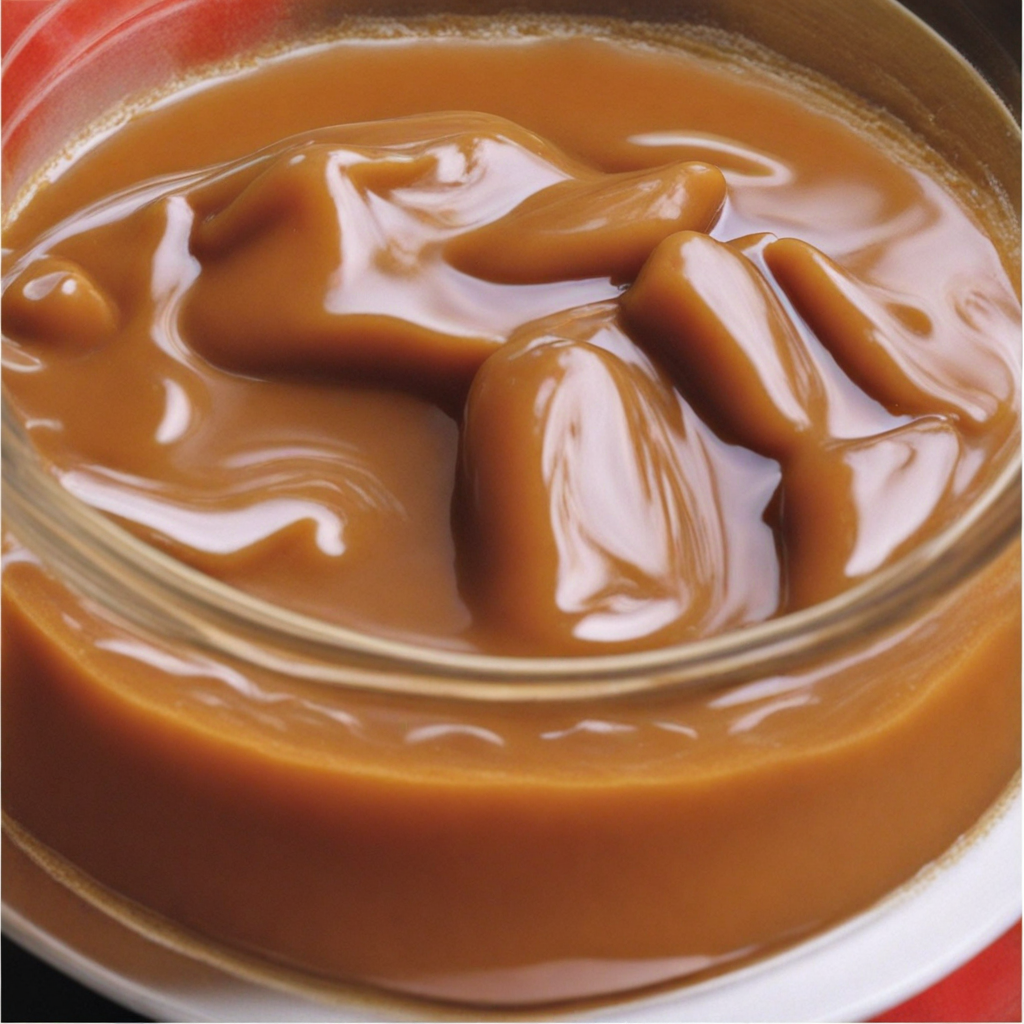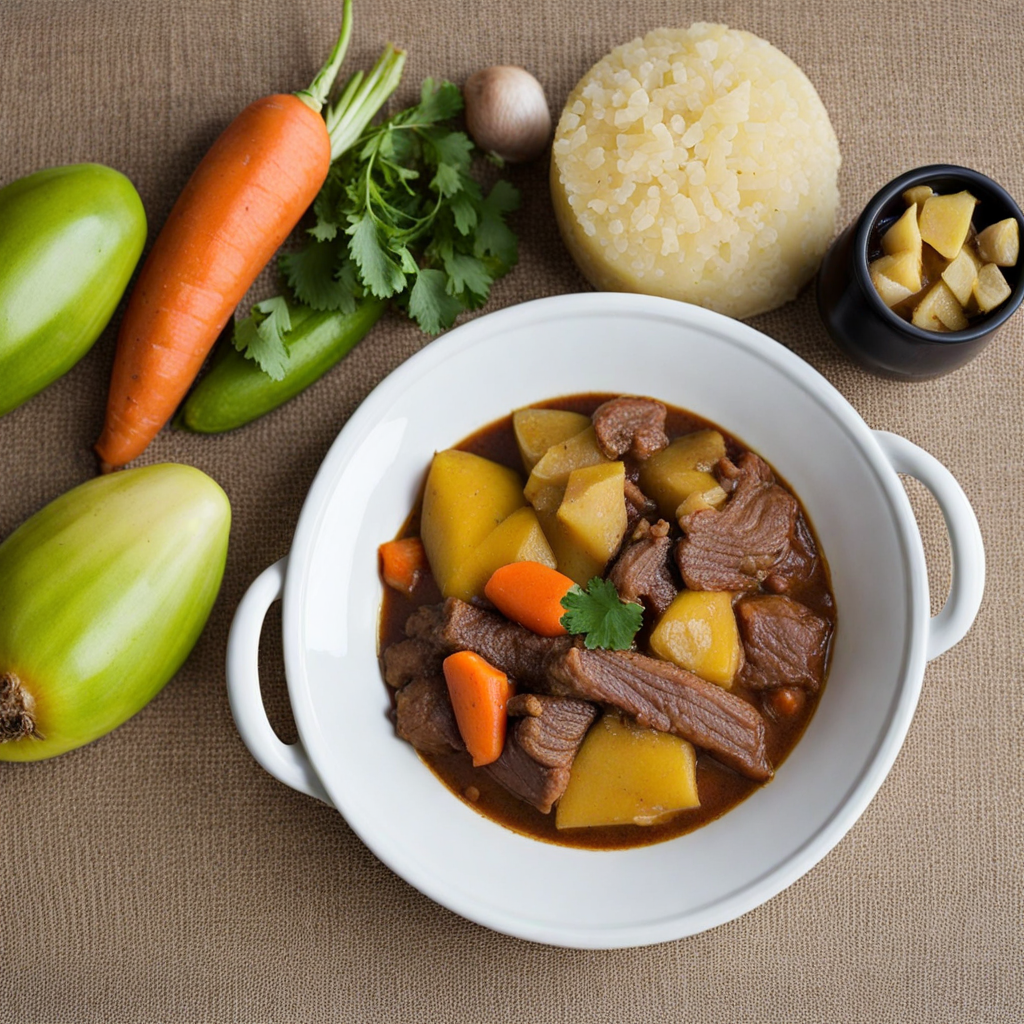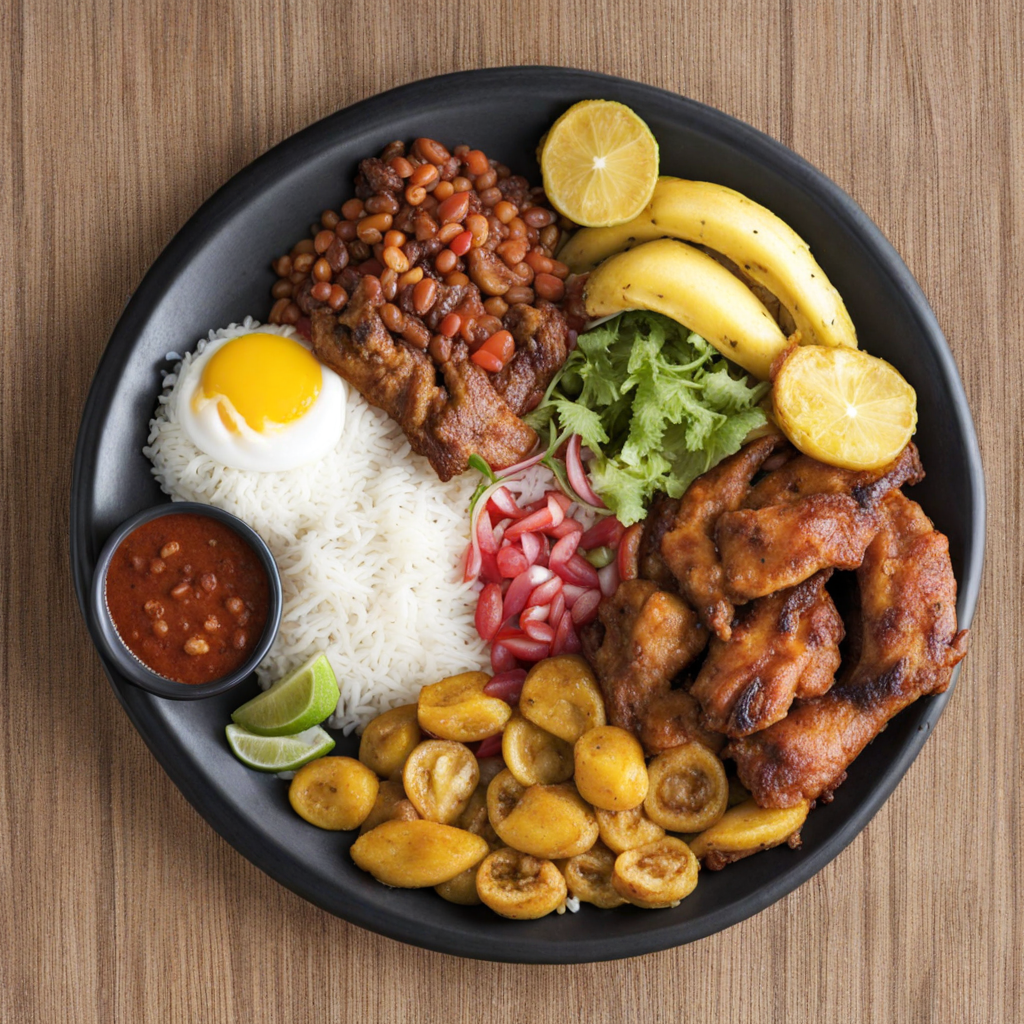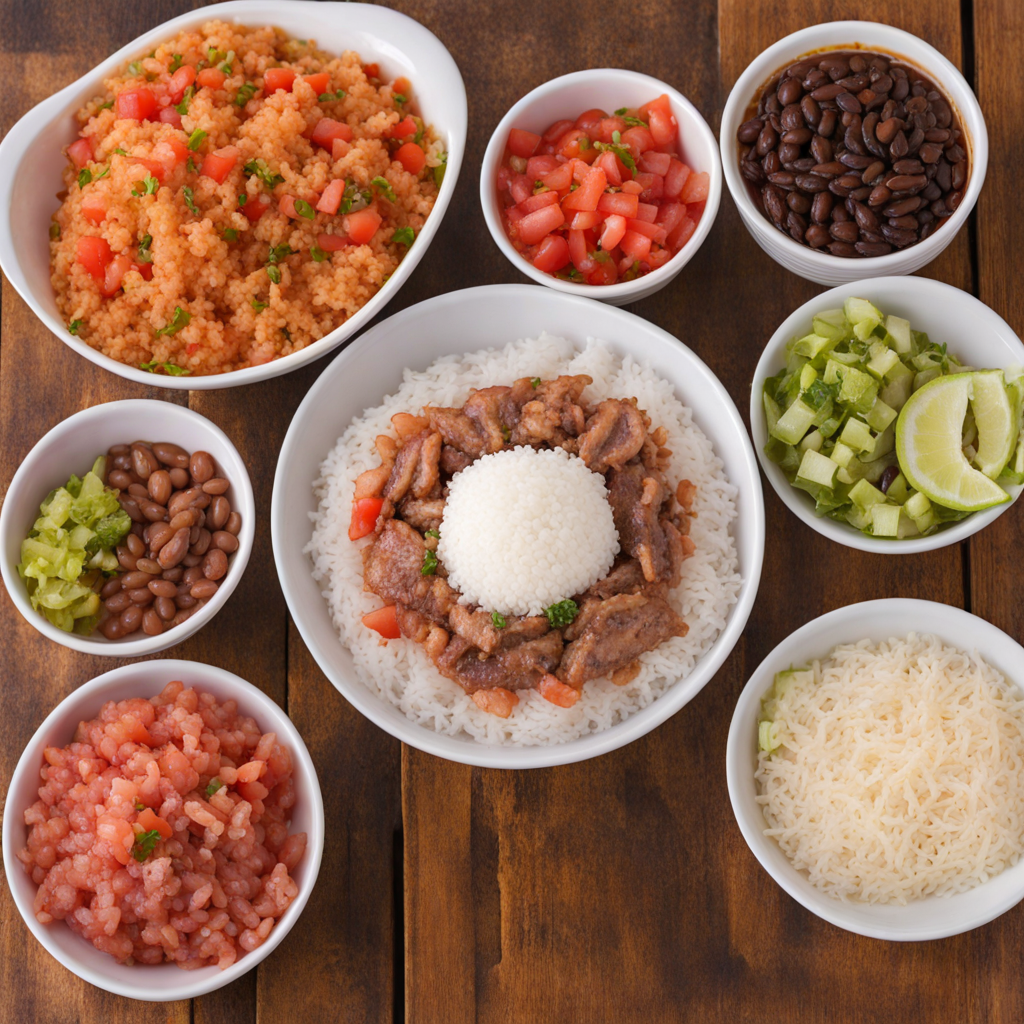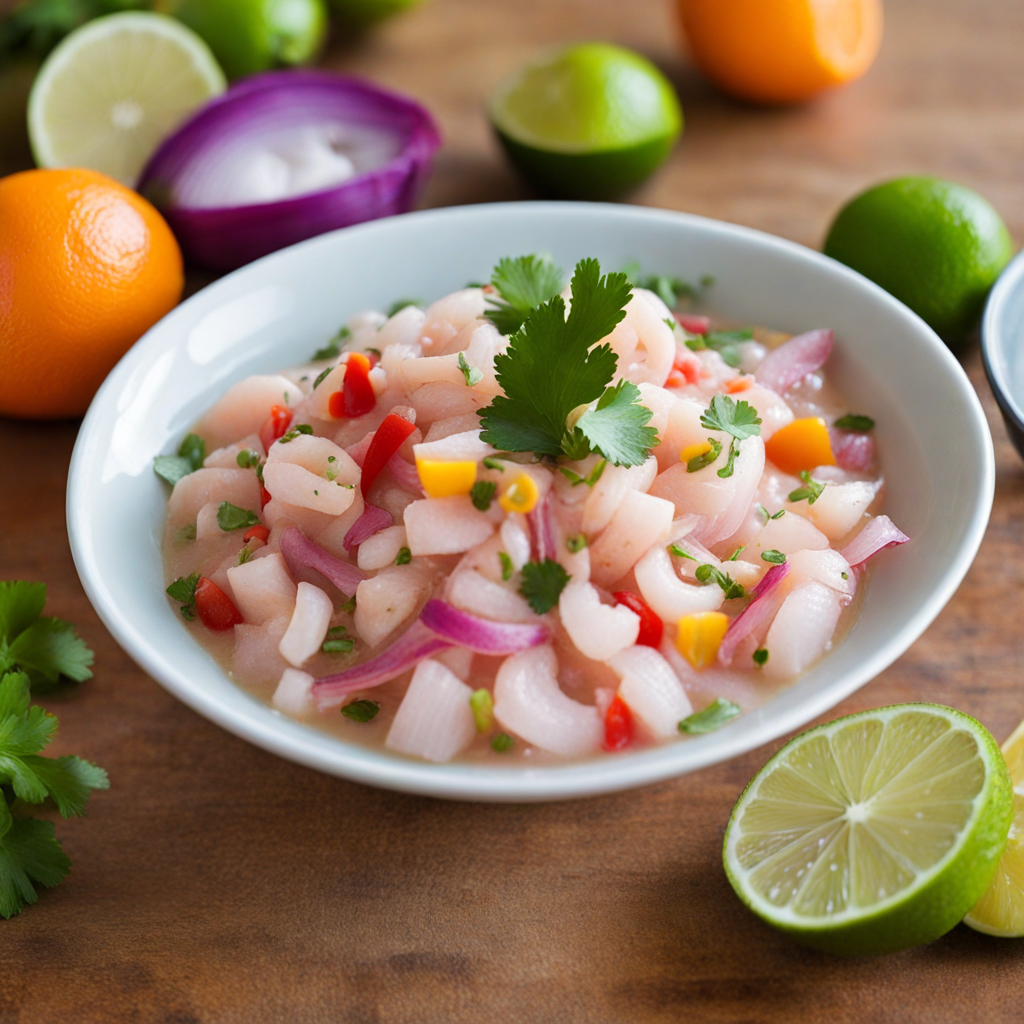Cajeta
Cajeta is a delightful caramel-like treat hailing from Costa Rica, crafted primarily from goat's milk, which lends it a unique and rich flavor profile. The process of making cajeta involves simmering the milk with sugar and cinnamon until it thickens into a luscious, velvety sauce. Its deep golden-brown color and glossy finish indicate the perfect balance of sweetness and creaminess, making it an irresistible indulgence for those with a sweet tooth. The infusion of flavors, including hints of vanilla and cloves, adds complexity to its taste, transforming it into a versatile topping for various dishes. One of the most popular ways to enjoy cajeta is drizzled over fresh fruits, pancakes, or waffles, where it enhances the natural flavors of the ingredients while adding a delightful sweetness. It is also commonly used as a filling for pastries, tarts, and cakes, providing a rich and decadent experience that tantalizes the taste buds. Some food enthusiasts enjoy it straight from the jar, savoring its smooth texture and the comforting warmth of its spices, making it a perfect companion for a cozy afternoon treat. In addition to its delicious taste, cajeta carries a piece of Costa Rican culture, often enjoyed during festive occasions and gatherings. Its homemade versions are cherished family recipes passed down through generations, showcasing the love and care put into its preparation. Whether you’re a fan of caramel or simply looking to explore new flavors, cajeta is a must-try delicacy that encapsulates the essence of Costa Rican culinary tradition.
How It Became This Dish
Cajeta: A Sweet Legacy from Costa Rica Origins: The Birth of Cajeta Cajeta is a traditional sweet treat deeply rooted in the culinary landscape of Costa Rica. Its history can be traced back to the indigenous peoples of Central America, who utilized local ingredients to craft confections long before European colonization. While the term "cajeta" is often associated with Mexico, where it refers to a sweet made from goat's milk, in Costa Rica, it has evolved into a unique dish that reflects the country’s agricultural bounty and cultural heritage. The name "cajeta" is believed to derive from the Spanish word "caja," meaning box, referencing the wooden boxes in which the sweet was originally stored. Traditionally, the sweet is made by simmering cow's milk with sugar and often flavored with cinnamon, vanilla, or other local spices. The slow cooking process transforms the liquid into a thick, caramel-like substance that can be enjoyed on its own or as an accompaniment to various dishes. Cultural Significance: A Symbol of Heritage Cajeta is more than just a sweet treat; it holds cultural significance in Costa Rican society. It is often prepared during festive occasions and family gatherings, making it a symbol of celebration and togetherness. The preparation of cajeta is frequently passed down through generations, serving as a means of preserving culinary traditions and fostering familial bonds. In rural communities, cajeta is often made during special occasions like Christmas, weddings, and local festivals. It serves not only as a dessert but also as a gesture of hospitality and generosity. Sharing cajeta with friends and family is a way of expressing love and appreciation, reinforcing social ties within the community. The sweet's popularity has also made it a staple in Costa Rican markets, where vendors often sell homemade cajeta alongside other local delicacies. This accessibility has contributed to its status as a beloved treat among both locals and tourists, further embedding it into the cultural fabric of the nation. Development Over Time: From Tradition to Modernity Over the years, cajeta has evolved, adapting to the changing tastes and preferences of Costa Rican society. While the traditional recipe remains cherished, contemporary cooks and chefs have begun to experiment with cajeta, incorporating various flavors and ingredients to create innovative versions of the classic treat. In the past, cajeta was primarily made using whole, fresh cow's milk from local farms. However, with the rise of industrialization and globalization, the availability of processed ingredients has influenced the way cajeta is made. Some modern recipes utilize condensed milk or other dairy alternatives, which can alter the flavor and texture, yet still pay homage to the original concept of the treat. Additionally, the rise of culinary tourism in Costa Rica has encouraged chefs to showcase their interpretations of cajeta, often incorporating local fruits such as guava or coconut, or infusing it with spices like ginger or chili. These adaptations not only reflect the evolving tastes of consumers but also highlight the rich biodiversity of Costa Rica’s agriculture. Cajeta has also found its way into modern culinary trends, appearing in gourmet desserts, artisanal chocolates, and even as a filling for pastries. This fusion of traditional and contemporary elements has allowed cajeta to maintain its relevance in the fast-paced culinary world, captivating the palates of both locals and international visitors. Cajeta in Gastronomic Context: A Taste of Costa Rica In Costa Rican cuisine, cajeta is often paired with a variety of foods, enhancing its versatility. Traditionally, it is enjoyed alongside fresh fruits, such as bananas and plantains, or spread on bread. Its rich, sweet flavor makes it an excellent complement to savory dishes as well, creating a delightful balance on the palate. The rise of the farm-to-table movement in Costa Rica has further emphasized the importance of using local, sustainable ingredients in the preparation of cajeta. Many chefs are now sourcing their milk and sugars from local farmers, ensuring that the flavors reflect the region's unique terroir. This emphasis on sustainability not only supports the local economy but also honors the tradition of making cajeta that has been passed down for generations. As the world becomes more interconnected, cajeta has begun to gain recognition beyond Costa Rica's borders. Culinary enthusiasts and chefs are increasingly exploring Central American flavors, leading to a growing appreciation for traditional sweets like cajeta. This exposure has sparked interest in Costa Rican cuisine as a whole, highlighting the importance of preserving and celebrating the country's culinary heritage. Conclusion: Cajeta's Enduring Legacy Cajeta is a testament to the rich culinary traditions of Costa Rica, encapsulating the country’s history, culture, and agricultural practices. From its indigenous roots to its evolution in modern gastronomy, cajeta remains a cherished sweet that brings people together. As Costa Rica continues to embrace and promote its culinary heritage, cajeta will undoubtedly hold a special place in the hearts of those who savor its rich, sweet flavor. In a world where food often serves as a bridge between cultures, cajeta stands as a delicious reminder of the importance of tradition and the joy of sharing food. Whether enjoyed at a family gathering, sold in a bustling market, or featured on a gourmet menu, cajeta embodies the spirit of Costa Rica, inviting everyone to indulge in its sweet legacy.
You may like
Discover local flavors from Costa Rica


